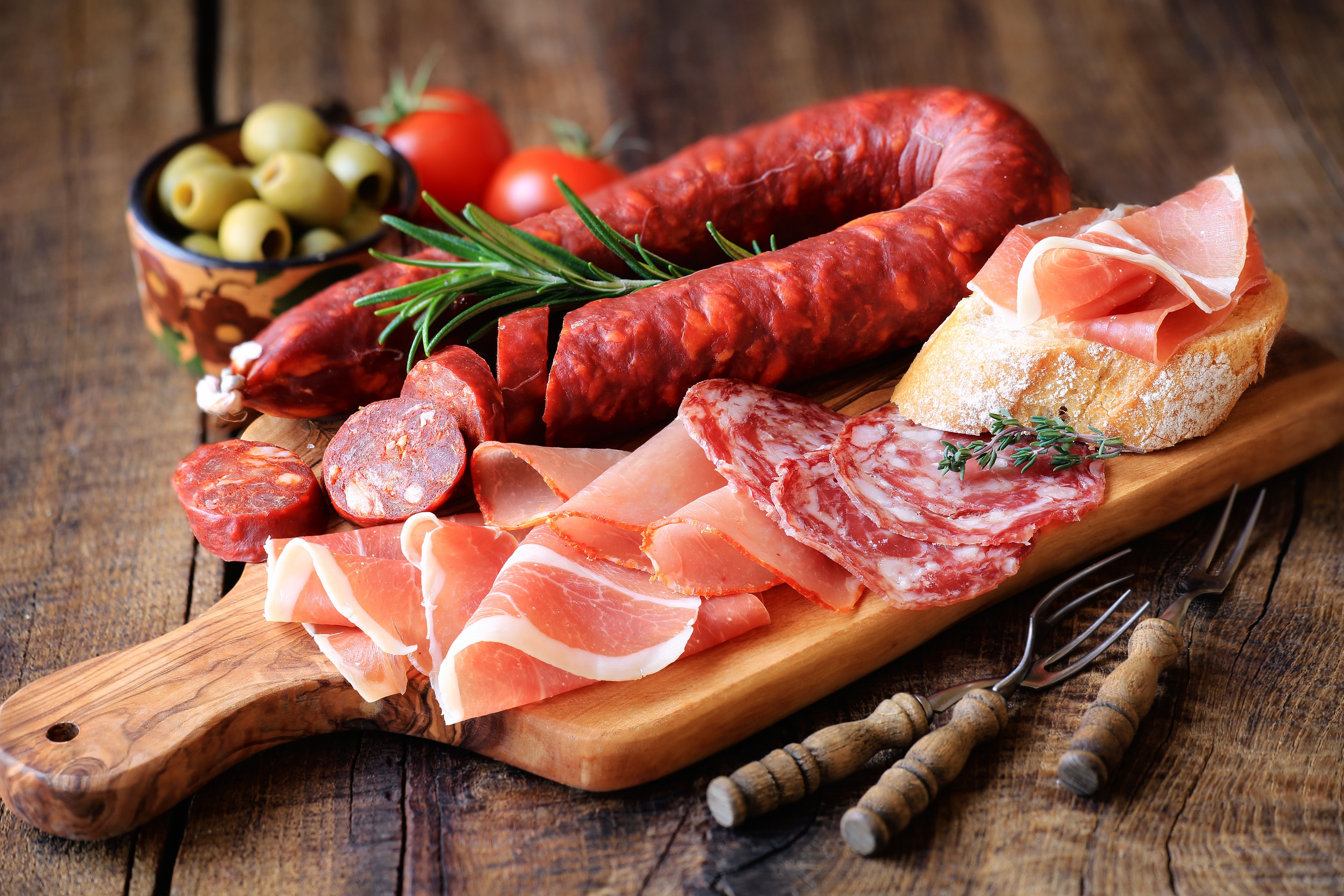The Role of Salt in Culinary Arts
The Foundation of Flavor
When it comes to the culinary arts, few ingredients are as universally essential as salt. Its role transcends merely seasoning food; it is a fundamental component that enhances flavor, balances sweetness, and even contributes to the preservation of food. Without salt, our meals would lack depth and complexity, making it an indispensable element in any kitchen.
Salt's ability to enhance flavor is rooted in its chemical properties. It can suppress bitterness while enhancing sweet, sour, and umami flavors, creating a more harmonious dish. This balancing act is what makes salt an essential component in both savory and sweet dishes alike.

Types of Salt and Their Uses
There are several types of salt used in cooking, each with unique characteristics and applications. The most common types include table salt, kosher salt, sea salt, and Himalayan pink salt. Understanding their differences can help chefs choose the right type for their specific culinary needs.
Table Salt
Table salt is the most refined variety, often containing anti-caking agents. It dissolves quickly, making it ideal for baking and general seasoning. However, its fine texture means it's easy to over-salt dishes, so it should be used with caution.
Kosher Salt
Kosher salt has a coarser grain and is favored by chefs for its ease of handling and even distribution. It's perfect for seasoning meats and vegetables as it adheres well to surfaces. Additionally, kosher salt's lack of additives makes it a purer choice for cooking.
The Science of Salt in Cooking
Salt does more than just enhance flavor; it also plays a crucial role in the science of cooking. It affects the texture and color of foods and is essential in processes like brining and curing.
Brining
Brining involves soaking meat in a saltwater solution before cooking. This process allows meat to absorb additional moisture and flavor, resulting in a juicier and more tender final product. It's commonly used for poultry, pork, and seafood.
Curing
Curing is a preservation method that uses salt to draw out moisture from food, inhibiting bacterial growth. This technique is used to produce delicacies like prosciutto and smoked salmon. The salt not only preserves but also intensifies the food's natural flavors.

Sodium Content and Health Considerations
While salt is essential in cooking, it's important to be mindful of sodium intake for health reasons. Excessive consumption can lead to issues such as high blood pressure. Therefore, using salt judiciously while cooking is crucial.
For those looking to reduce sodium intake, using herbs and spices can enhance flavor without needing to rely solely on salt. Additionally, choosing natural salts like sea salt may offer trace minerals absent in processed table salt.
In conclusion, salt's role in the culinary arts is multifaceted, affecting flavor, texture, preservation, and even health. By understanding its uses and effects, chefs can skillfully incorporate it into their cooking to enhance every dish.
Commercial Kitchen Marketplace
Your one-stop online destination for equipping professional kitchens. Discover a wide selection of durable, high-quality commercial-grade appliances, from heavy-duty ovens and refrigeration units to efficient food preparation tools and essential kitchenware. Visit our store: http://avice.org
